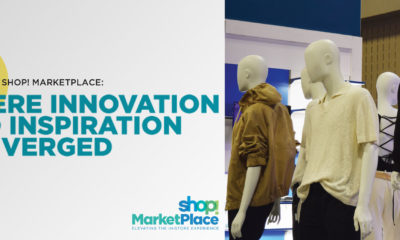I live in Louisville, Ky., now.
It’s a midsized city with a compact downtown and not nearly the skyline grandeur of some other cities I’ve lived in. It lacks the Hancock Tower of Chicago, the Empire State Building of New York, or Atlanta’s gorgeous towers, many of them named Peachtree something-or-other.
But dominating that Louisville skyline, as you drive in from across the river in Indiana, is the stately, postmodern headquarters of Humana Corp. It’s a spectacular sight, especially at night.
From the sidewalk, it’s a sturdy, traditional office building of flat pink granite. Its soaring tower, however, has curves and slopes, a glass shaft running up the middle and little structures tucked into the larger structure, in nooks and on platforms near the top.
Little wonder that it’s considered such an architectural achievement. It wasn’t until Michael Graves died last month, however, that I realized he was the architect and designer of the building. I knew, of course, that he had been an architect of noted accomplishment. But, like most Americans, I more readily identified his name with the lamps and clocks and, of course, the teapots he designed for Target – when that retailer was developing its sense of style and trendiness as a way to separate it from its larger mass-merchandising rivals, Walmart and Kmart.
It was a brilliant stroke. With well-known designer names like Graves, Philippe Starck and Isaac Mizrahi, Target showed it could offer consumers a taste of high-end design for limited pocketbooks. After all, you could see Starck’s furniture in any number of high-end boutique hotels around the country, and now you could have a little of it in your own home.
Advertisement
And it wasn’t some bait-and-switch. To their credit, Graves and Starck designed products that were truly interesting and delightful. It was not like the 1970s, when you found the distinctive Pierre Cardin logo on almost any item in Marshall’s or Burlington Coat Factory. The Graves teapot didn’t have his name all over it. It was, simply, just a cool-looking appliance.
To me, it’s an insight into the issue of scale. We love and applaud big beauty, whether it’s in the natural majesty of our mountain ranges or the manufactured power of our biggest buildings. But we live with what we can get our hands around, what we can put in our homes.
That’s what Target realized. It also backed that up with clever, memorable marketing campaigns and, particularly, the design of its stores. Nobody ever mistook a Target store for Bergdorf Goodman or ABC Carpets. But it was bright, non-confusing and well-lit. There was the sense of upgraded materials, and it always looked and felt clean. The merchandise was folded and hung neatly.
It was what Graves realized, too. If his skyscrapers were his gifts to the ages, his small appliances were his gifts to the people on the street, a touch of beauty in their lives.
When you brought a great looking, wood-finished cabinet home from Target and began putting it together – as the screw holes fell apart in the particle board beneath the veneer and the whole thing rocked flimsily on its base – you reminded yourself, “Oh, yeah, no wonder it was $49.99. It’s still Target, after all.”
But you went back. Because the thing about the Graves teapot – it always worked!
Advertisement
As a journalist, writer, editor and commentator, Steve Kaufman has been watching the store design industry for 20 years. He has seen the business cycle through retailtainment, minimalism, category killers, big boxes, pop-ups, custom stores, global roll-outs, international sourcing, interactive kiosks, the emergence of China, the various definitions of “branding” and Amazon.com. He has reported on the rise of brand concept shops, the demise of brand concept shops and the resurgence of brand concept shops. He has been an eyewitness to the reality that nothing stays the same, except the retailer-shopper relationship.

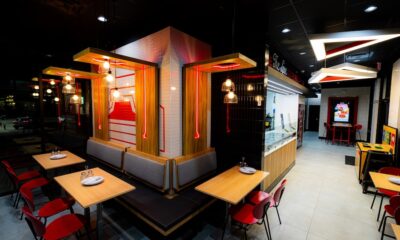
 Headlines1 week ago
Headlines1 week ago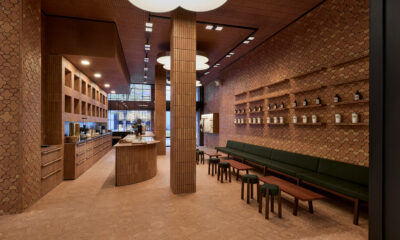
 John Ryan2 weeks ago
John Ryan2 weeks ago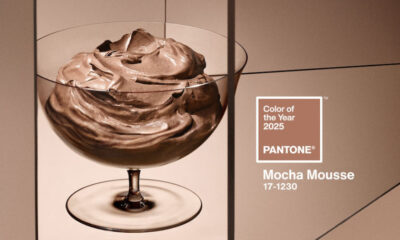
 Headlines7 days ago
Headlines7 days ago
 Headlines2 weeks ago
Headlines2 weeks ago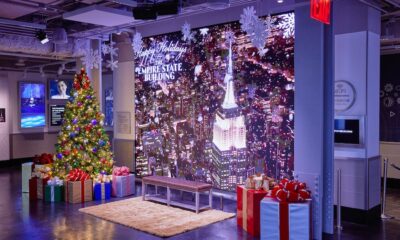
 Headlines1 week ago
Headlines1 week ago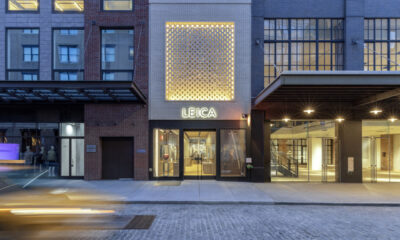
 Retail Buzz3 days ago
Retail Buzz3 days ago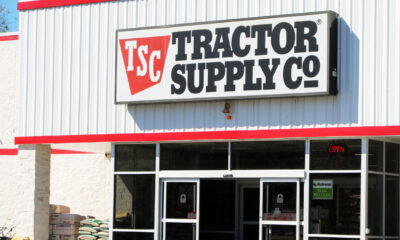
 Headlines1 week ago
Headlines1 week ago
 Headlines1 week ago
Headlines1 week ago
